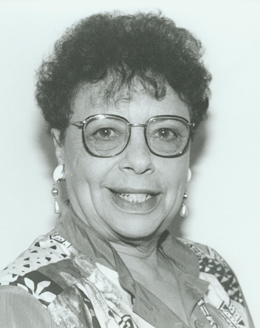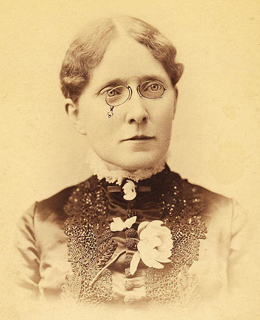Mention the names Frances or Lorraine to anyone in Evanston, and there’s a good chance they’ll know immediately whom you’re talking about.
That is, famous 19th-century social reformer Frances Willard and former Mayor Lorraine Morton. That’s how prominent women’s leadership is in this community, and it’s a big part of what makes Evanston (and the North Shore) such a great place to live.
But, what about all the women in between?
The Evanston Women’s History Project (EWHP), a three-year community effort, began in 2007 to document and celebrate women and women’s organizations that have contributed to Evanston history.
 Events, which will take place over the next year, recently kicked off with the opening of the exhibit “Lifting as We Climb” at the Evanston History Center. “Clara, Lu and Em,” a reenactment of a radio show from the ’30s and ’40s by 3 Evanston women (pictured above), will take place this Thursday at the History Center. For a full list of the project’s upcoming events, click here.
Events, which will take place over the next year, recently kicked off with the opening of the exhibit “Lifting as We Climb” at the Evanston History Center. “Clara, Lu and Em,” a reenactment of a radio show from the ’30s and ’40s by 3 Evanston women (pictured above), will take place this Thursday at the History Center. For a full list of the project’s upcoming events, click here.
Make It Better talked to Project Director Lori Osborne about why Evanston is such a hotbed of women’s leadership.
MIB: So, what is it about Evanston that has produced so many amazing women?
LO: In the 1850s, Northwestern was founded as a Methodist University. The Methodist church— concerned with social reform and temperance—encouraged women’s leadership. There was also North Western Female College, a small college founded by a Methodist minister. It was actually more successful at attracting students than Northwestern, at first. That group laid the foundation.
In 1869, Northwestern opened it doors to women. Creating that sense of opportunity for women at an early time was really important.
Frances Willard came here to attend North Western Female College in the 1850s. She got involved with the Woman’s Christian Temperance Union, and became President in 1879. When she became that world-renowned figure, there was a sense anything was possible for a woman—a woman was going to give speeches, travel, be in the newspaper, be an author. All those little things together created this tradition that still exists today. Evanston has a woman mayor, women alderman, a woman representative. At one point, almost all the city leadership posts were filled by women. We’ve gotten a sense today of how influential those early years were.
MIB: When we think about local women’s history, Frances Willard—a monumental figure—immediately springs to mind. How do you go about showing people there were other important women as well?
 LO: Frances is the centerpiece, and her home is the physical center of the EWHP. One of our goals is to make people realize there were other women, and that Frances was the leader.
LO: Frances is the centerpiece, and her home is the physical center of the EWHP. One of our goals is to make people realize there were other women, and that Frances was the leader.
The exhibit is focuses on about 30 women. And it could be done on another 30 women, and probably another 30 after that. It’s shocking to see the sheer number of amazing women who have lived in Evanston. We knew we couldn’t highlight everyone, so we’re going to have an online database, available through our site and the Evanston Public Library.
MIB: What do the women in the exhibit have in common with the women in Evanston—and on the North Shore—today?
LO: These are women thinking about other women and their community—busy, active women who made things happen for themselves and others. It wasn’t just about them. Once they achieved a certain level of accomplishment, they looked around and said, “Who can I bring with me?”
To learn more about the Evanston Women’s History Project, visit evanstonwomen.org.

